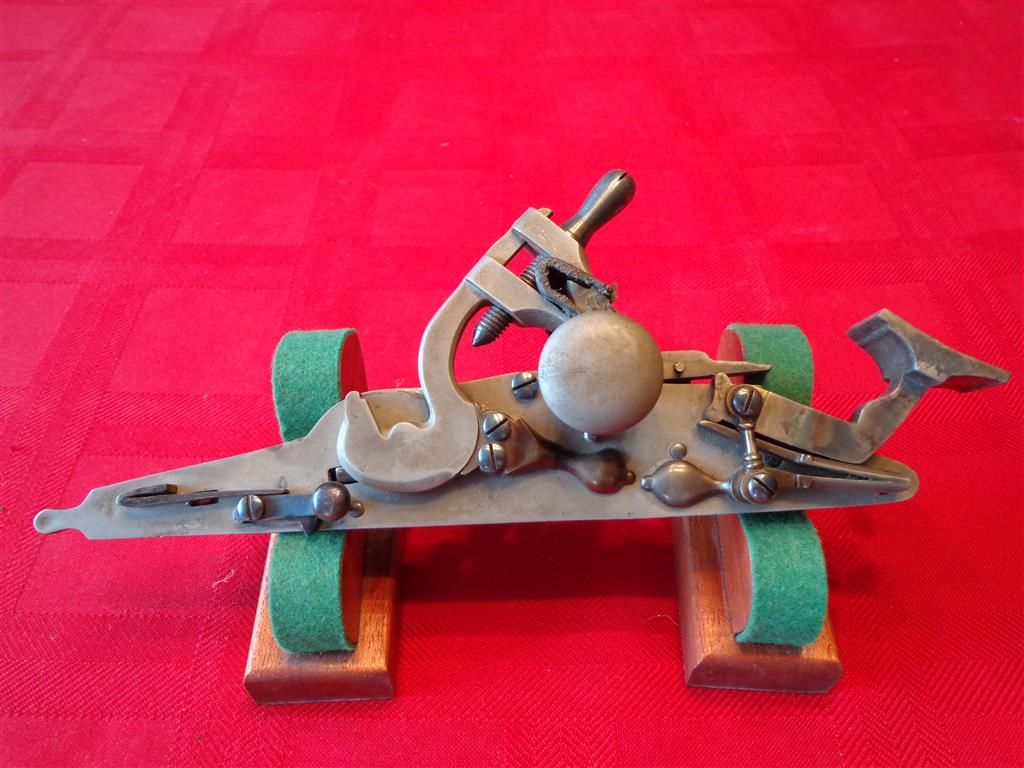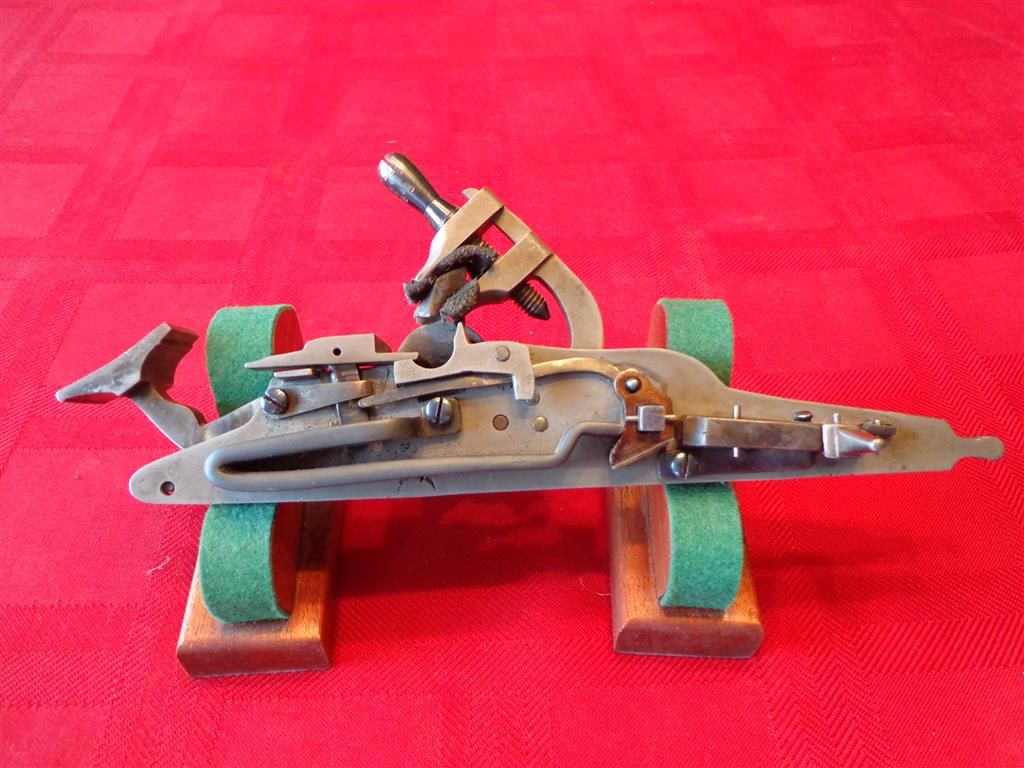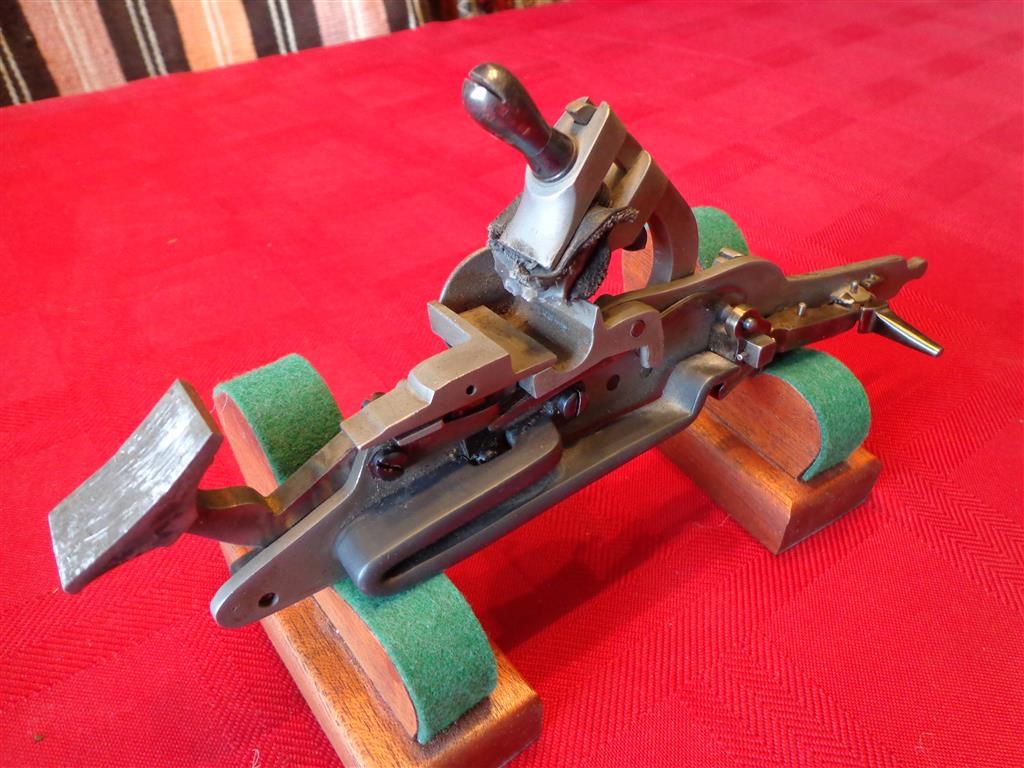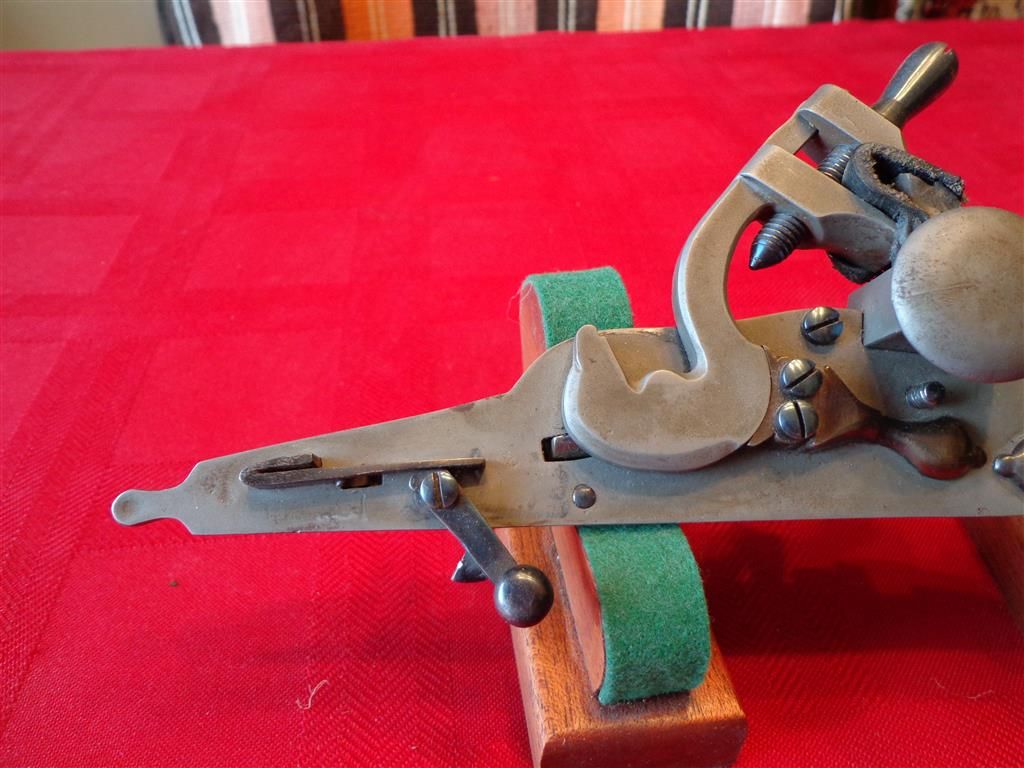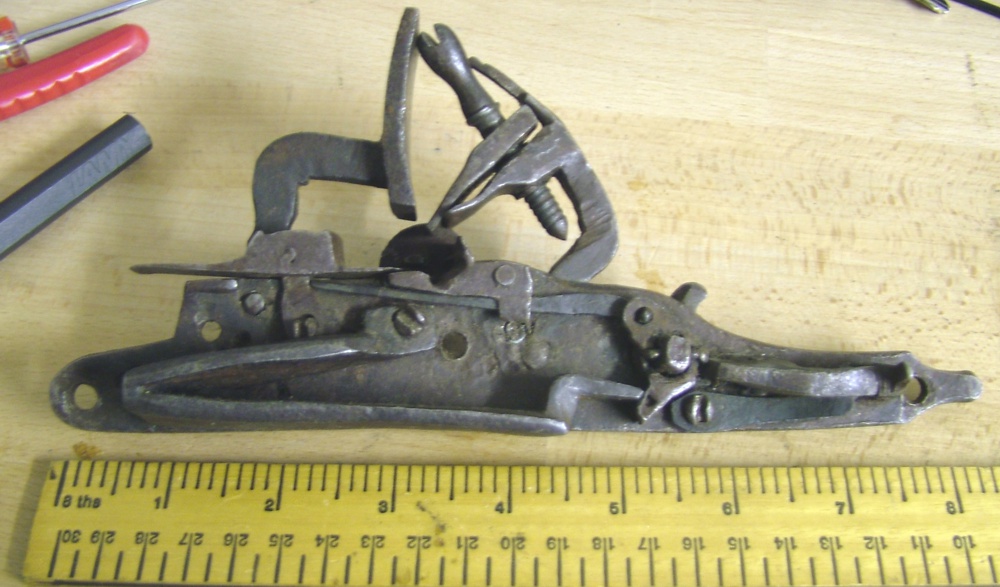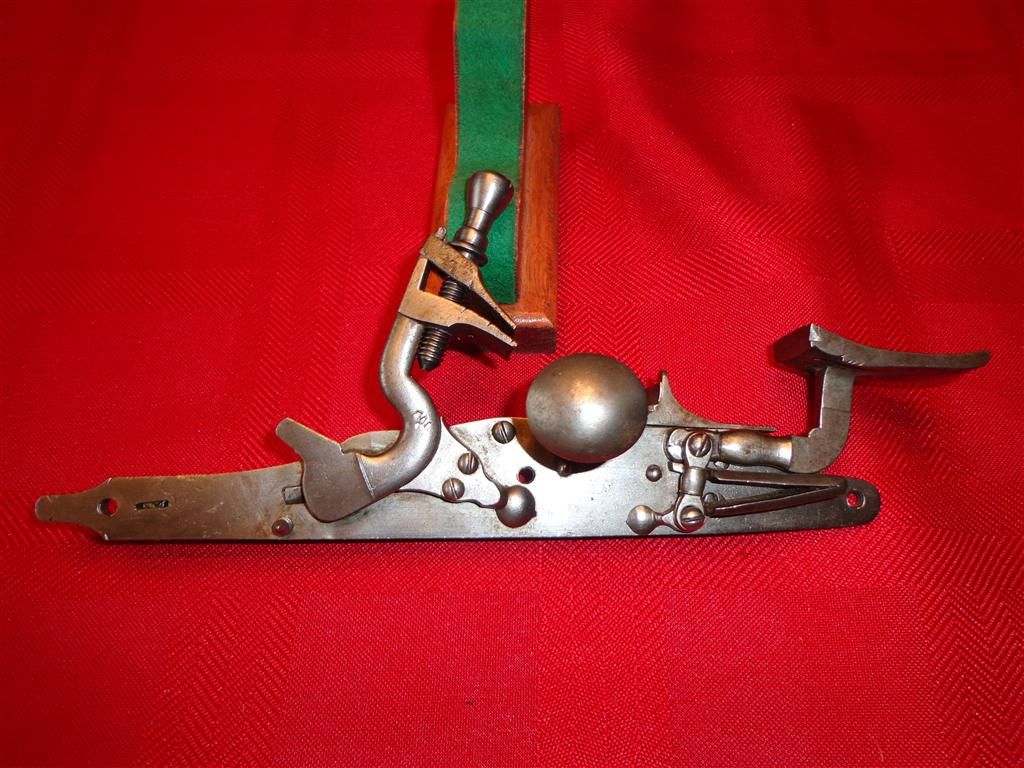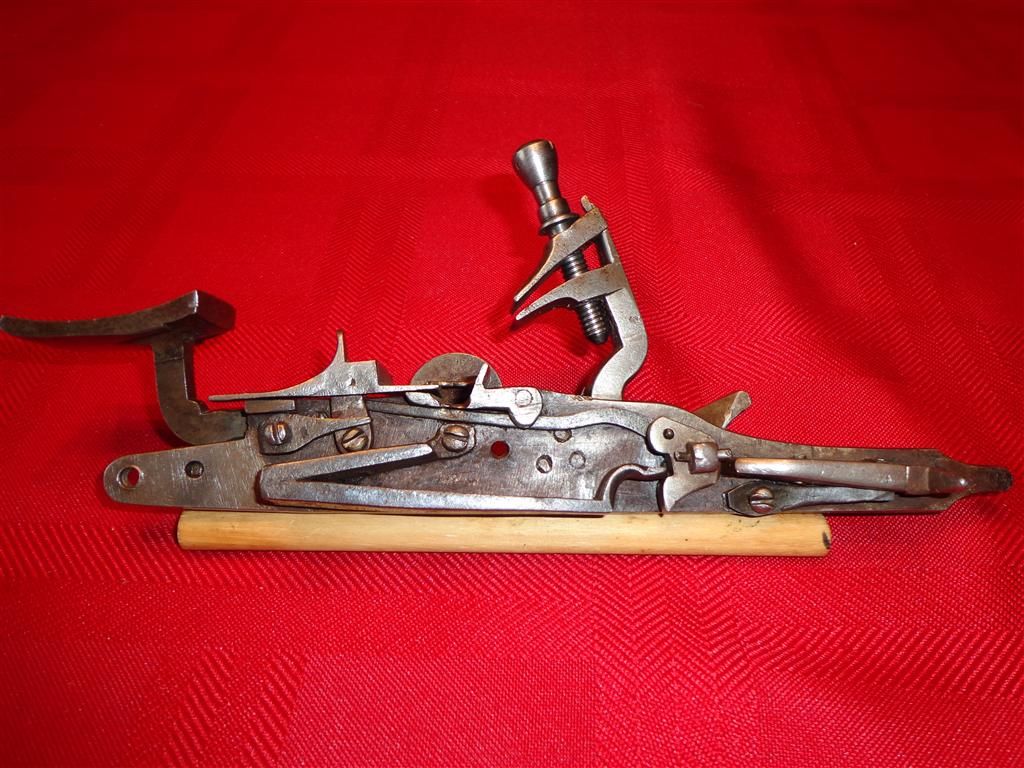ResearchPress
45 Cal.
New free download article via my web site.
The English snaphance is not only one of the most innovative "flint-locks" but is probably one of the rarest gun mechanisms to have survived. Recent research has found that only about 80 English snaphance muskets, pistols and detached locks have survived worldwide, although this does not include excavated, converted or incomplete locks. Modern tests by the author have proved it to be a fast and reliable mechanism and it must have been a serious challenger to the matchlock and wheellock in the 16th century. This article looks at the history of the lock and examines two examples.
See: The English Snaphance Lock and Two In Particular
David
The English snaphance is not only one of the most innovative "flint-locks" but is probably one of the rarest gun mechanisms to have survived. Recent research has found that only about 80 English snaphance muskets, pistols and detached locks have survived worldwide, although this does not include excavated, converted or incomplete locks. Modern tests by the author have proved it to be a fast and reliable mechanism and it must have been a serious challenger to the matchlock and wheellock in the 16th century. This article looks at the history of the lock and examines two examples.
See: The English Snaphance Lock and Two In Particular
David






